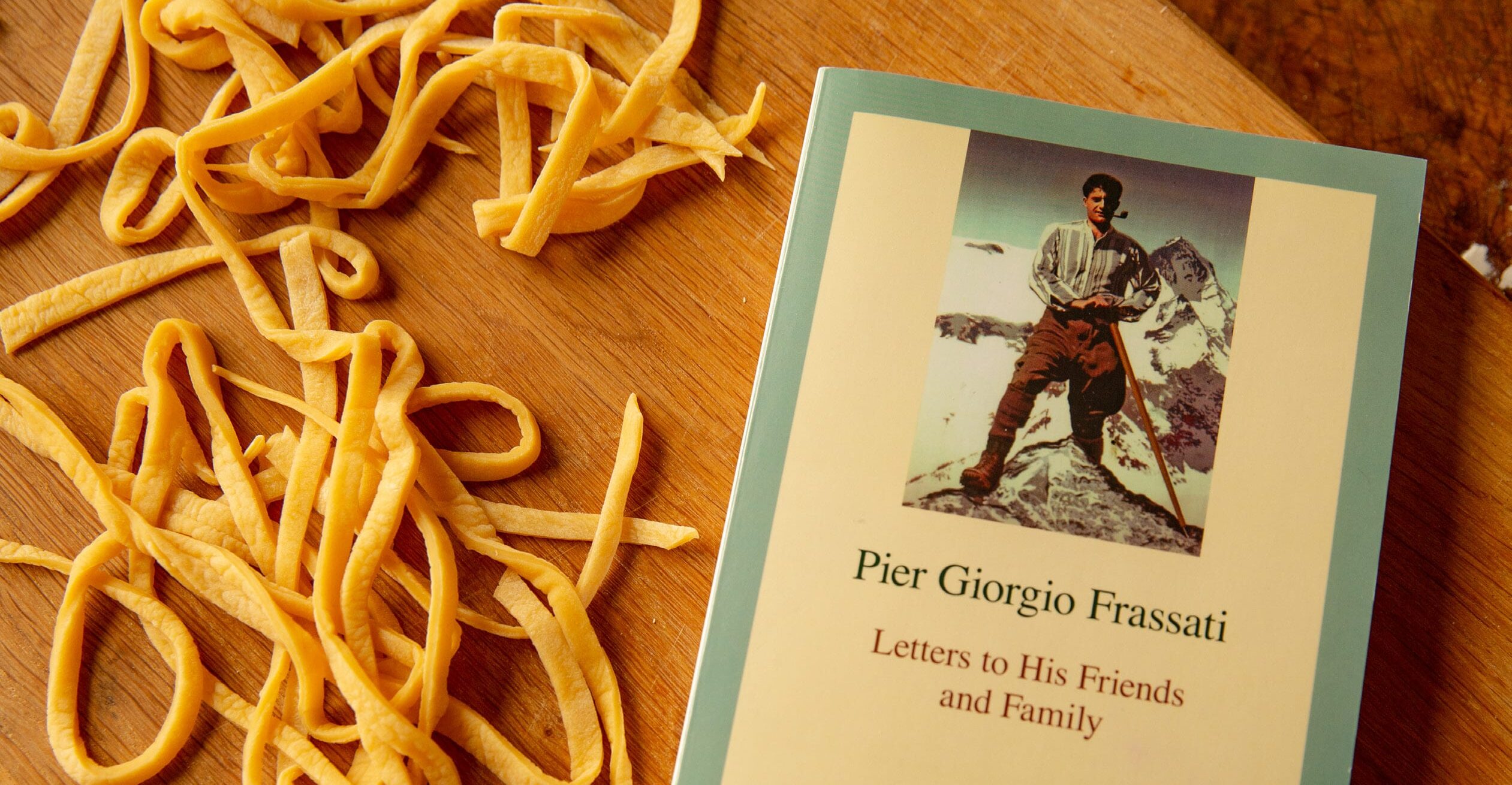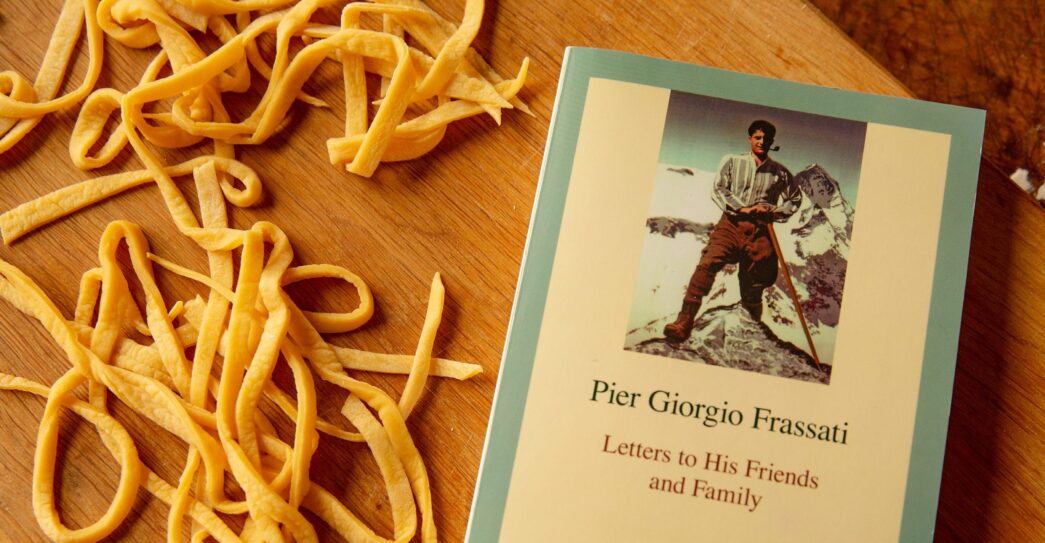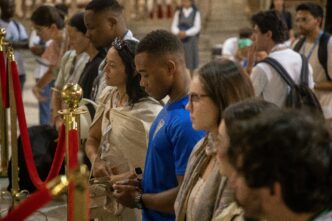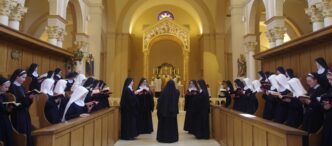This article first appeared in Our Sunday Visitor magazine. Subscribe to receive the monthly magazine here.
Fresh pasta served with butter and salt is quite literally one of God’s gifts to humanity, proof on a plate that the simplest things can be the most delicious — and that we’re meant to take pleasure in them. So nothing could be more appropriate than finding a recipe for homemade pasta in the correspondence of Blessed Pier Giorgio Frassati, known for his ability to take extraordinary joy in ordinary life.
Blessed Pier Giorgio, born in Turin, Italy, in 1901 and expected to be canonized this year, is often considered one of the more modern and relatable saints. The son of a wealthy and distinguished Italian family, he had a great concern for the poor from a young age and died tragically in 1925 from polio, probably contracted during his charitable visits. His correspondence preserves him for us as an exuberant youth who loved friends and outdoor sports, struggled with his studies and even fell in love, all while bringing the warmth and light of Christ to every endeavor. In a letter to a friend dated Turin, Jan. 29, 1925, Frassati wrote, inspiringly, “There is another thing which should unite us and it is Holy Love. … We should be nourished by it because, without Charity, every other virtue has no worth.” A few days earlier, he wrote to a different friend the quotidian but still lively report, “today I was at the Brezzi’s house for a tea and dancing.”
Frassati made being good look simple, when we all know it is anything but. This is true in life and also true of making homemade pasta, a domestic art once mastered by every Italian grandmother and now in short supply. I’m a devoted from-scratch home cook, and pasta is one of the few things I don’t make. It’s just too time-consuming, and fresh pasta bought from a good specialty store or Italian grocery is usually better than mine. However, I also believe that cooking for people is good for the soul, so I thought the challenge of using a soon-to-be saint’s recipe might have unexpected rewards.
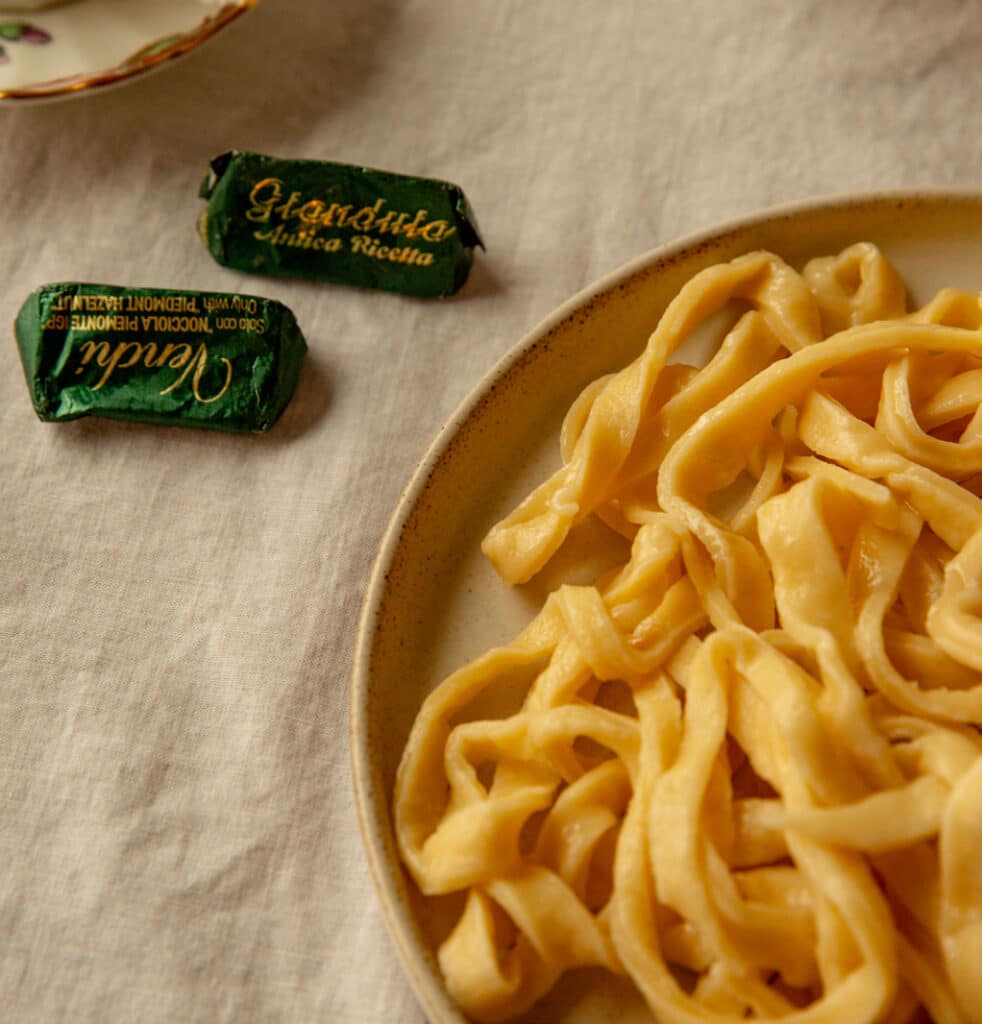
In a Dec. 20, 1921, letter to Maria Fischer, an Austrian student whom Frassati met at a Pax Romana conference in Ravenna, he wrote, “Now I shall keep my promise and send you the recipe for the tagliatelle,” and offered the measurements “700 gr. of white flour, three-quarters of a liter of tepid salted water and one egg.” The instructions Frassati includes — pile the flour on a board, make a well, then add the liquids and combine — are standard, but the measurements are off. When I tried it, it made a soupy paste, not dough. The reasons for the discrepancy are unknown, but Christine M. Wohar, executive director of FrassatiUSA and the author of a book of meditations on his life, “Finding Frassati” (Sophia Institute), speculates that he probably wasn’t the person in his household really making the noodles. Also, most home cooking of the era was still done by eye and feel — he may have just guesstimated. (Relatable!) The method I worked out uses just flour and eggs, and takes its ratio from “The Classic Italian Cookbook” by Marcella Hazan (Knopf), with the caveat that the trick is to combine just enough flour with the eggs to make a smooth, elastic dough. Too much flour will make the dough stiff, and I never used all 7 ounces.
My homemade pasta was always delicious, and after about four or five repetitions of the recipe, I got better at cutting slim, uniform noodles and achieved a more toothsome tenderness, though mine was never quite Italian-grandma-level.
To emulate Blessed Pier Giorgio, follow the pasta with espresso coffee, a beverage he frequently relied on when cramming for exams, and chocolate, which he especially liked. Those pictured are ingot-shaped gianduiotto, a Piedmontese specialty. Such things are the joys of ordinary life, which the soon-to-be saint was known to appreciate, and we can too in his memory.
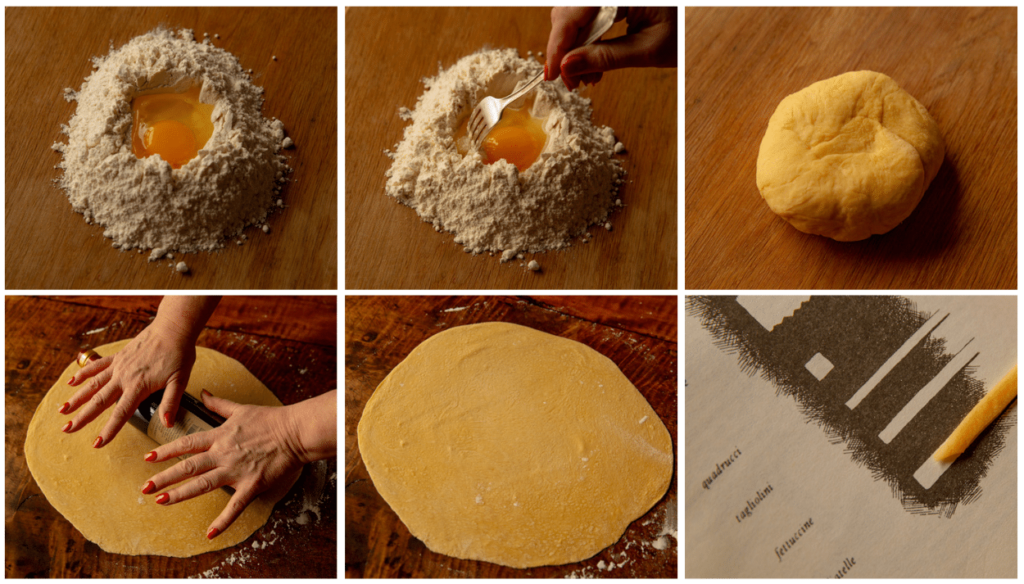
Blessed Pier Giorgio Frassati’s Tagliatelle
Serves 2
— 2 large eggs
— 7 ounces of flour
— Butter, salt and Parmesan (to serve)
1. Pile the flour on a clean countertop, make a well in the middle and crack the eggs into the well. Scramble the eggs with a fork — don’t worry if bits of flour fall in and start to incorporate — and then keep whisking, slowly incorporating more and more flour. 2. Shore up the sides of the well with your hands as need be. Continue to fork-combine the flour and eggs until you have a sticky mass, then use your hands to continue bringing the dough together, adding more flour until the dough is smooth and no longer sticky. 3. Knead for 10 minutes, until elasticity develops and it bounces back quickly when you press it with your finger. 4. Cover and let rest for 30 minutes. 5. Roll out as thin as you possibly can on a clean workspace and cut into 1/4-inch strips. 6. Cook in boiling, salted water for about 2 minutes. Serve with butter, salt and Parmesan cheese.

